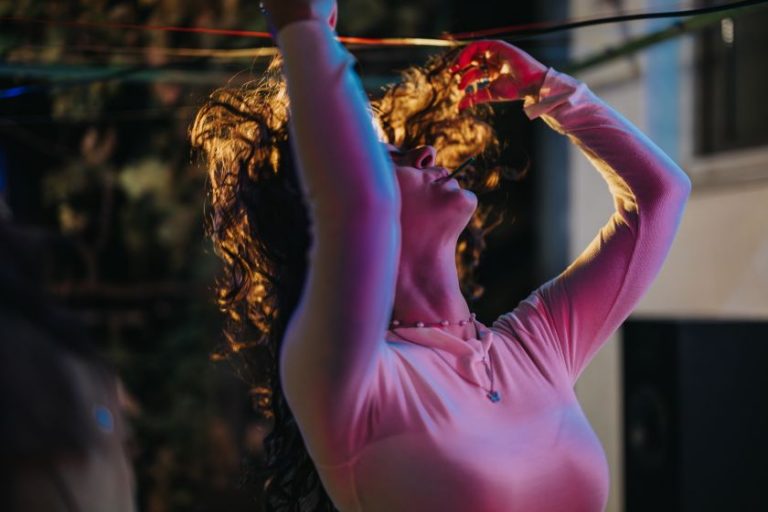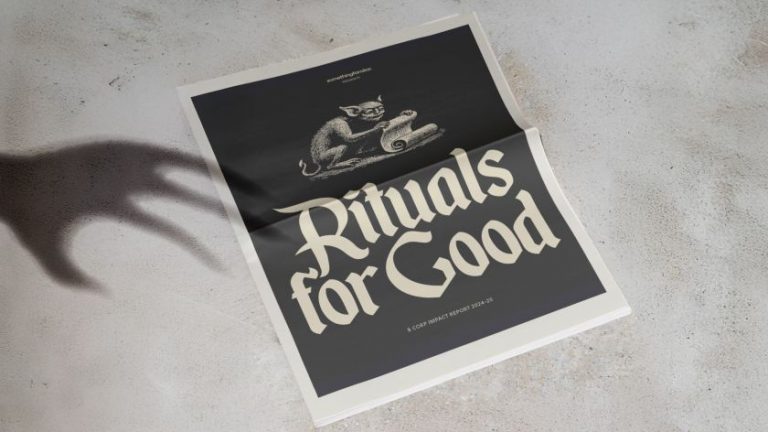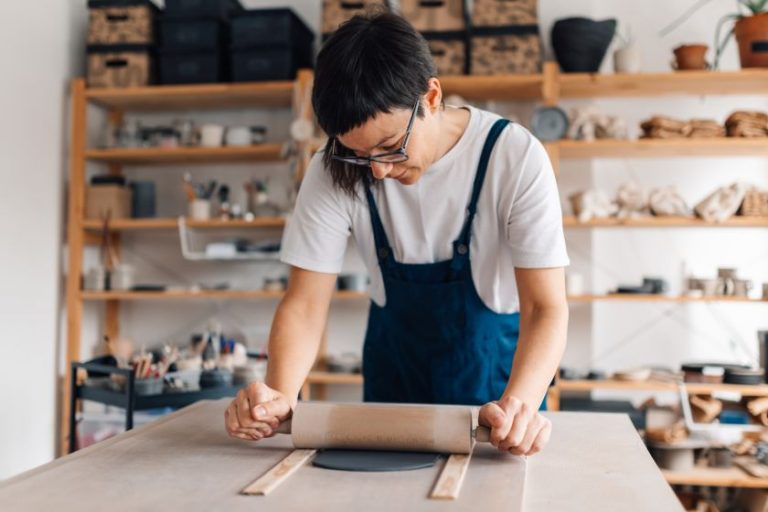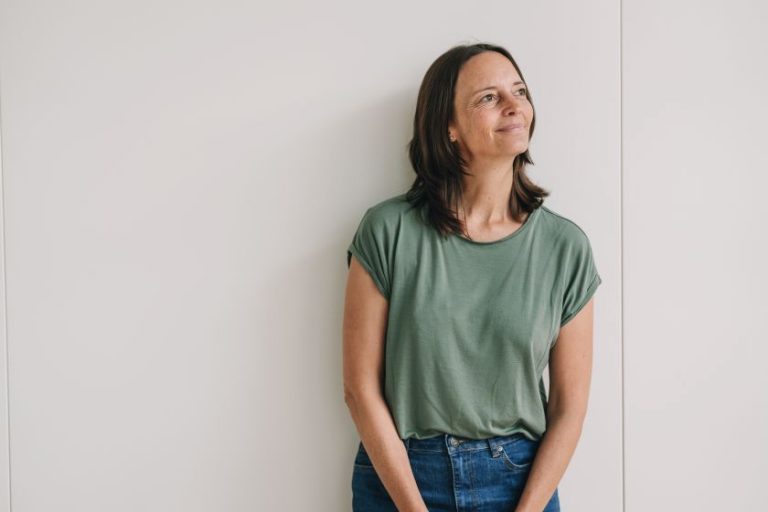There’s more to the paintings in Angela Burson’s latest collection than meets the eye. In Travelers, she asks you, the viewer, to become a detective and figure out what has happened in a series of cryptic scenes.
Having recently exhibited at Los Angeles’ Hashimoto Contemporary gallery, Travelers is a curious collection of paintings featuring liminal spaces and the mysterious strangers that inhabit them. Expertly cropped by the Savannah College of Art and Design alumna, these images give nothing away without viewers studying them closely.
At first glance, they might appear to be pleasant enough paintings of living rooms, shoes and people, but some tell-tale details emerge on closer inspection. What does that bottle of prescription pills on the coffee table mean? Where is the smoking man with the suitcase going? And what message could possibly be contained in the woman’s wax-sealed envelope? It’s up to you to decide.
Adding to the intrigue is the composition. There are no faces here, only obscure details. Even familiar settings like a living room or objects like a television take on a strange, uncanny quality in Angela’s paintings. This is a world you recognise but not one you know.
If only the details in the paintings could speak and fill you in. What does the dog on the sofa know about what’s happened in front of it? What do the discarded shoes and socks know about who kicked them off? We’ll never know for sure, but the fun comes in piecing together a story of your own imagining.
Aptly described by Hashimoto Contemporary as a “memory of an encounter”, these paintings deftly capture those fleeting strangers who dash through life’s transient spaces. We all recognise them, dancing around at the edge of our field of vision, living lives we’ll never quite understand. But in these paintings, Angela gives us a tantalising glimpse of them.
As an artist, Angela is influenced by anachronistic images of fashion and personal objects. This presents itself in Travelers through the peculiar wardrobes of the figures, which seem to collide with the furniture and technology of their surroundings.
Pinstripe suits and luggage bags from yesteryear sit uncomfortably alongside more contemporary interior spaces, all indicating “complex psychological and social relationships with one another,” according to the gallery.
Headless figures are another familiar motif in Angela’s work that resurfaces here. In doing so, even a person is reduced to an unknowable collection of objects such as a shirt, a bandage, and a smart pair of shoes.
Paired with everyday items deliberately deployed to act as signifiers and bursting with “ripe potential”, these paintings provide glimpses into the identities of strangers by establishing relationships between people and objects.
“The jewellery, the clothing, the purses, and suitcases give me some insight into who I imagine the person to be,” teases Burson. “They’re a window into a story about a person in passing.”










